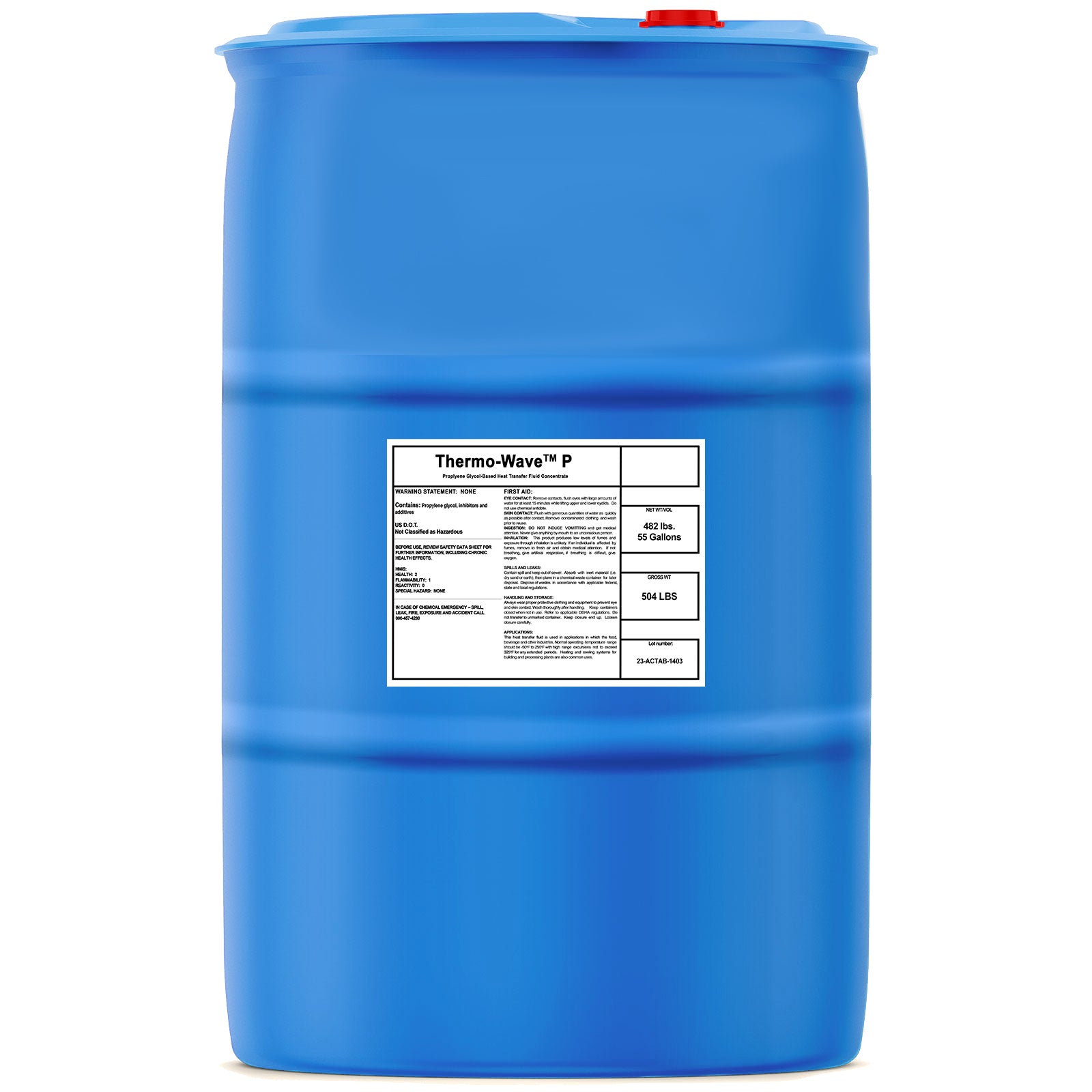Why Normal Upkeep of Heat Transfer Fluid is Critical for System Longevity
Why Normal Upkeep of Heat Transfer Fluid is Critical for System Longevity
Blog Article
The Function of Warmth Transfer Fluid in Enhancing System Performance and Safety
In the ever-evolving landscape of commercial processes, heat transfer fluids (HTFs) arise as critical components in optimizing both system efficiency and security. These specialized fluids, recognized for their premium thermal conductivity and controlled thickness, enable reliable warm exchange, which is essential for structured procedures. The effect of HTFs extends past simple performance; their inherent thermal security and low flammability substantially add to take the chance of reduction. As sectors grapple with the need for high-performance and safe operations, comprehending the nuanced function of HTFs ends up being imperative. What precisely makes HTFs so vital in today's commercial frameworks?
Comprehending Heat Transfer Fluids
Warm transfer liquids, commonly considered the lifeblood of thermal monitoring systems, play an essential duty in controling temperature level across different commercial applications - heat transfer fluid. Industries such as chemical processing, power generation, and manufacturing count on heat transfer fluids to make certain devices runs effectively and securely.
The choice of a proper warm transfer fluid is vital to the success of a thermal administration system. In summary, an extensive understanding of heat transfer fluids is vital for maximizing system efficiency, making sure operational safety, and achieving cost-effective thermal monitoring remedies.
Trick Properties of HTFs

The particular warm ability of an HTF delineates the quantity of warmth energy called for to change its temperature, influencing exactly how successfully the system can respond to temperature variants. The boiling and freezing factors of HTFs additionally play a critical function, particularly in systems revealed to severe temperatures, ensuring fluid stability and protecting against stage adjustments throughout procedure.
Enhancing System Efficiency
To improve system efficiency with warmth transfer fluids (HTFs), it is important to integrate a comprehensive technique that considers both liquid homes and system style. The choice of a suitable HTF is critical, as its thermal conductivity, viscosity, and details warmth capability directly influence the performance of warm exchange. High thermal conductivity guarantees rapid warm transfer, while ideal viscosity helps with smooth circulation with the system, reducing energy intake. Furthermore, a high specific warmth capability allows the liquid to store and move more thermal power, improving overall system efficiency.
Equally crucial is the design of the warmth transfer system itself. Engineers need to guarantee that parts such as heat exchangers, pumps, and piping are created to complement the residential properties of the chosen HTF. For circumstances, the area and material of warmth exchangers should be enhanced to take full advantage of warmth transfer efficiency. Furthermore, the combination of innovative technologies, such as directory variable speed pumps and wise surveillance systems, can considerably enhance the responsiveness and flexibility of the system to changing operational conditions.
Boosting Operational Safety And Security
Ensuring operational safety and security in warm transfer systems calls for a meticulous concentrate on both the residential properties of warmth transfer fluids (HTFs) and the layout and upkeep of the entire system. HTFs must possess thermal stability, reduced flammability, and appropriate thickness to decrease threats such as leakages, fires, and system malfunctions. Choosing the best HTF is essential as it identifies the system's ability to deal with temperature variations without jeopardizing security.
The design of the system should include redundancies and fail-safes to handle prospective hazards successfully. This consists of the combination of safety shutoffs, stress relief tools, and temperature level tracking systems to spot and address abnormalities without delay. Routine maintenance is imperative to make certain that all parts, including pumps, pipelines, and seals, are working correctly and are free from wear or deterioration, which might lead to unsafe leaks check my blog or failings.
Moreover, personnel liable for the operation and upkeep of warm transfer systems must be properly educated in security procedures and emergency situation response treatments. Consistent training programs and security drills can significantly minimize the possibility of crashes, guaranteeing a more secure working environment. Eventually, a comprehensive technique to safety and security-- including liquid selection, system style, and workforce training-- is important for ideal functional protection.
Sector Applications of HTFs
Commonly used throughout various industries, heat transfer fluids (HTFs) play a crucial function in improving the efficiency and integrity of thermal administration systems. In the chemical industry, HTFs are integral for preserving precise temperatures during reactions, ensuring product consistency and quality. They help with warm exchange procedures in activators, condensers, and warm exchangers, consequently maximizing power usage and decreasing waste.
In the oil and gas field, HTFs are used in both upstream and downstream procedures. They take care of temperature level in exploration procedures and boost performance in refining procedures by giving secure thermal problems. This leads to minimized downtime and improved security, especially in vital operations such as distillation and cracking.
The renewable energy field additionally profits substantially from HTFs, particularly in focused solar energy (CSP) plants. Below, HTFs transfer captured solar energy to power generators, making it possible for effective electrical energy generation. The pharmaceutical industry depends on HTFs for specific temperature level control in both synthesis and storage, ensuring item effectiveness and security.


In addition, the food and beverage field uses HTFs for pasteurization, sterilization, and food preparation processes, boosting both product safety and security and manufacturing efficiency. Throughout these markets, HTFs function as vital components in keeping ideal functional performance and safety more info here and security.
Final Thought
Warmth transfer fluids are essential in enhancing industrial system performance and safety and security by providing high thermal conductivity, optimal thickness, and thermal stability. Appropriate selection and upkeep of HTFs enhance warmth exchange efficiency, consequently increasing functional efficiency. The reduced flammability of these fluids is critical for reducing threats and guaranteeing secure operations. Comprehensive employees training and regular upkeep further support the integrity and efficiency of commercial procedures, solidifying the important role of HTFs in diverse applications.
Report this page